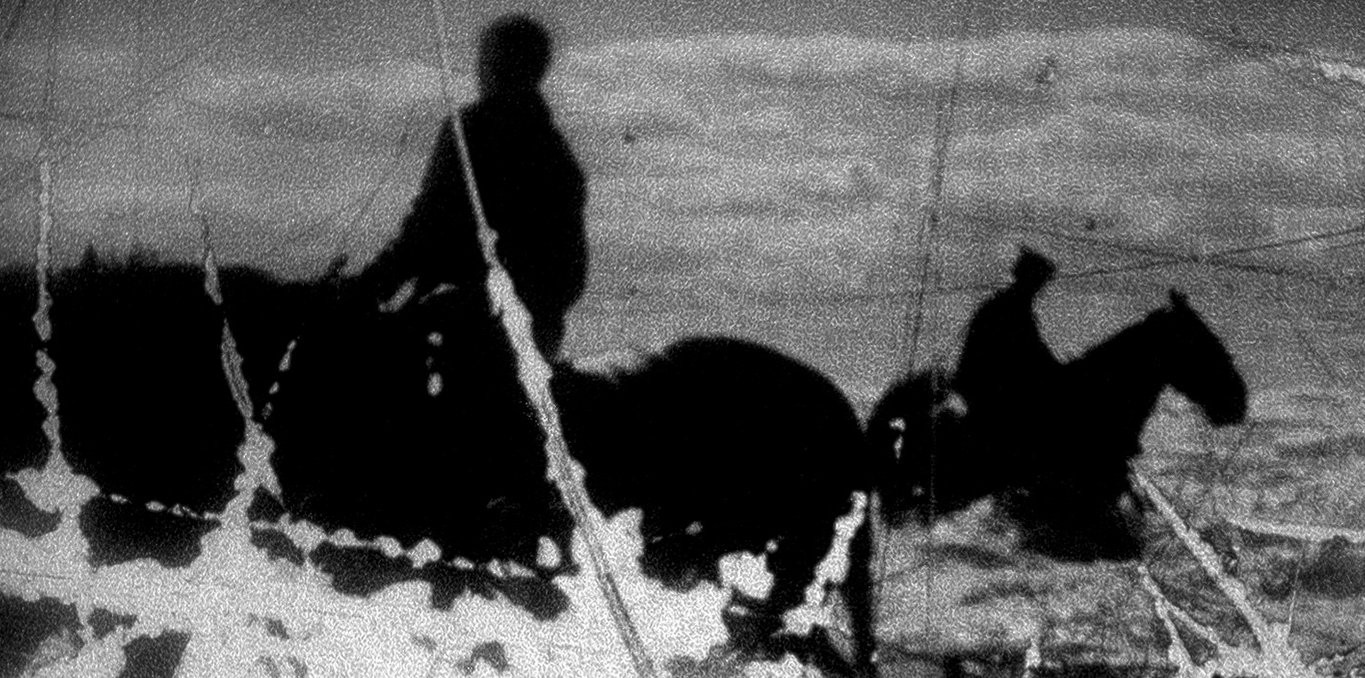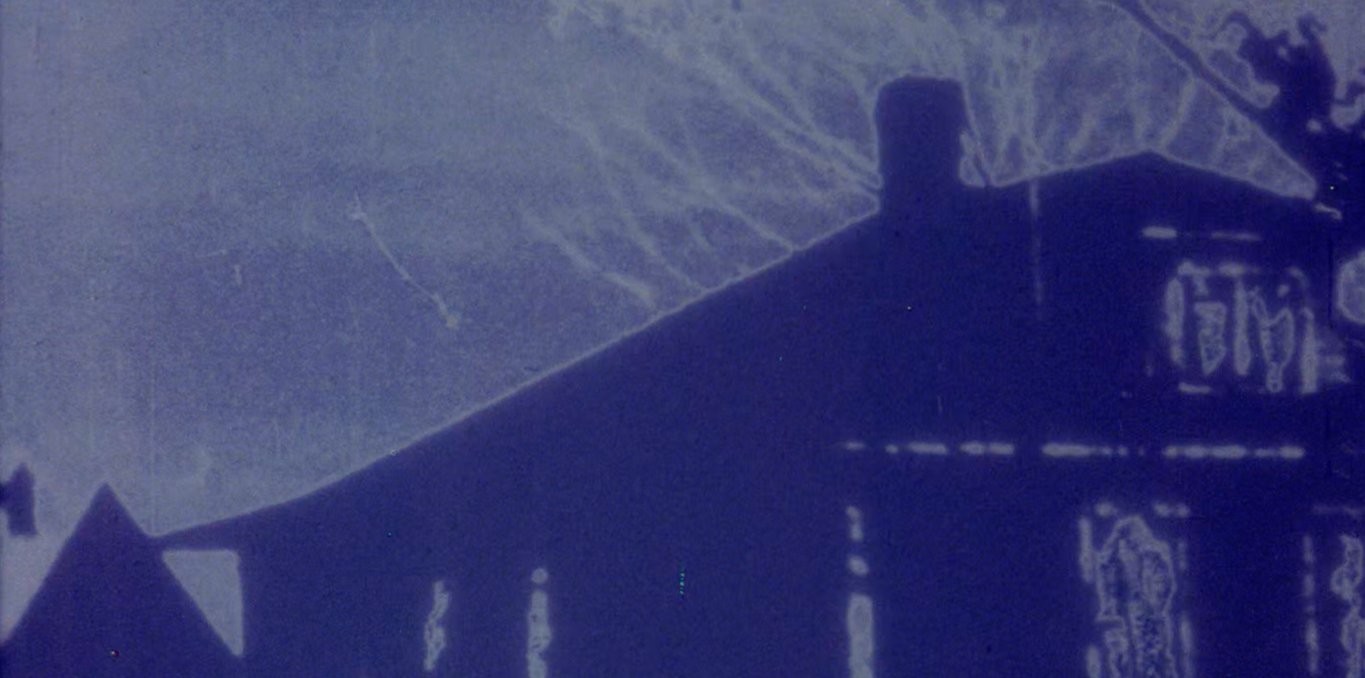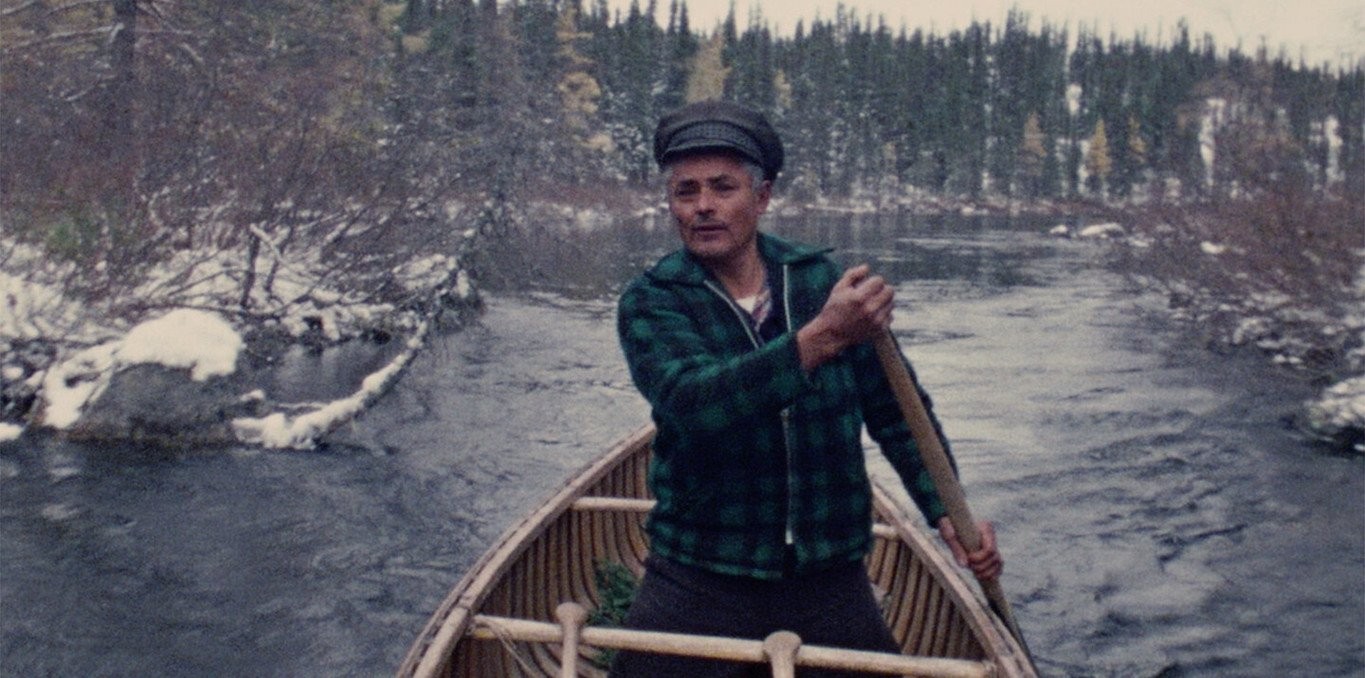Archives

187 products
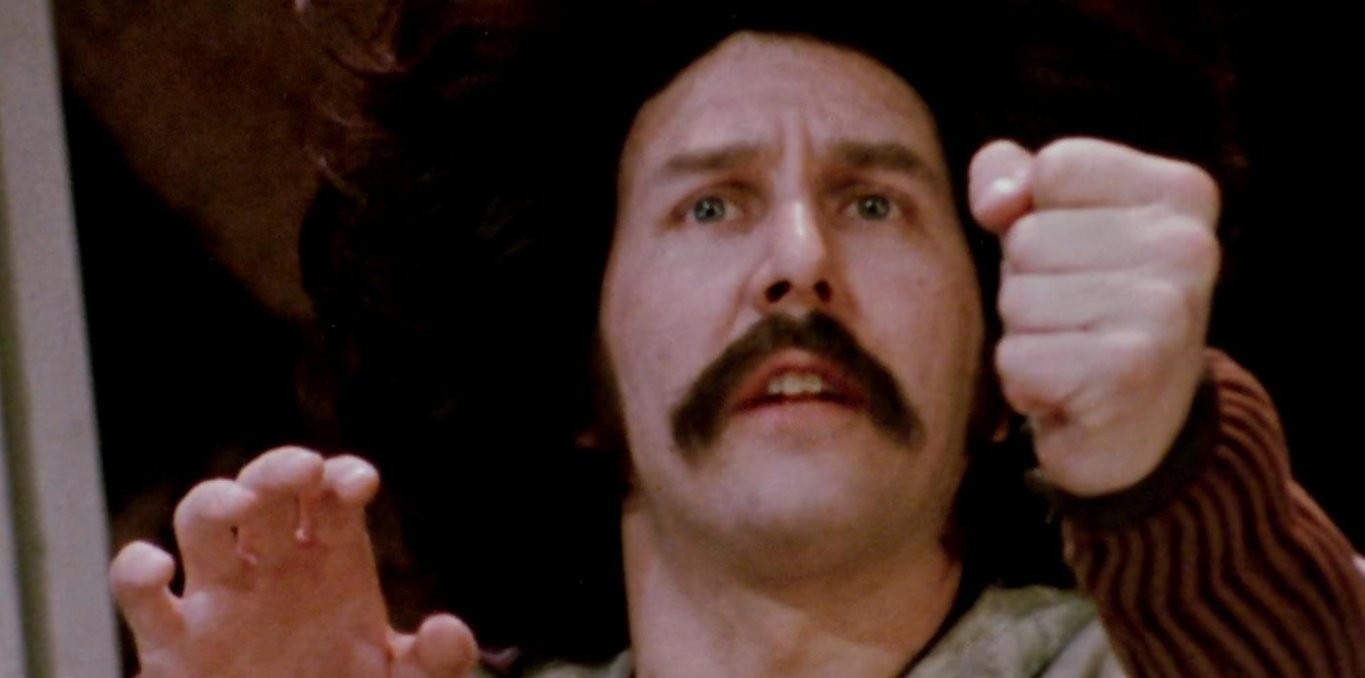
Claude Gauvreau- Poète
Duration: 57 minutes
Subscription access
The poet Claude Gauvreau, a towering figure of the spoken word, appears here in full command of his lyrical expression. During the Night of Poetry on March 27, 1970, he recites several of his poems, followed by excerpts from his famous work _La charge de l'orignal épormyable_, and finally takes part in a series of interviews. Released a few years after the poet’s tragic death, this moving portr...
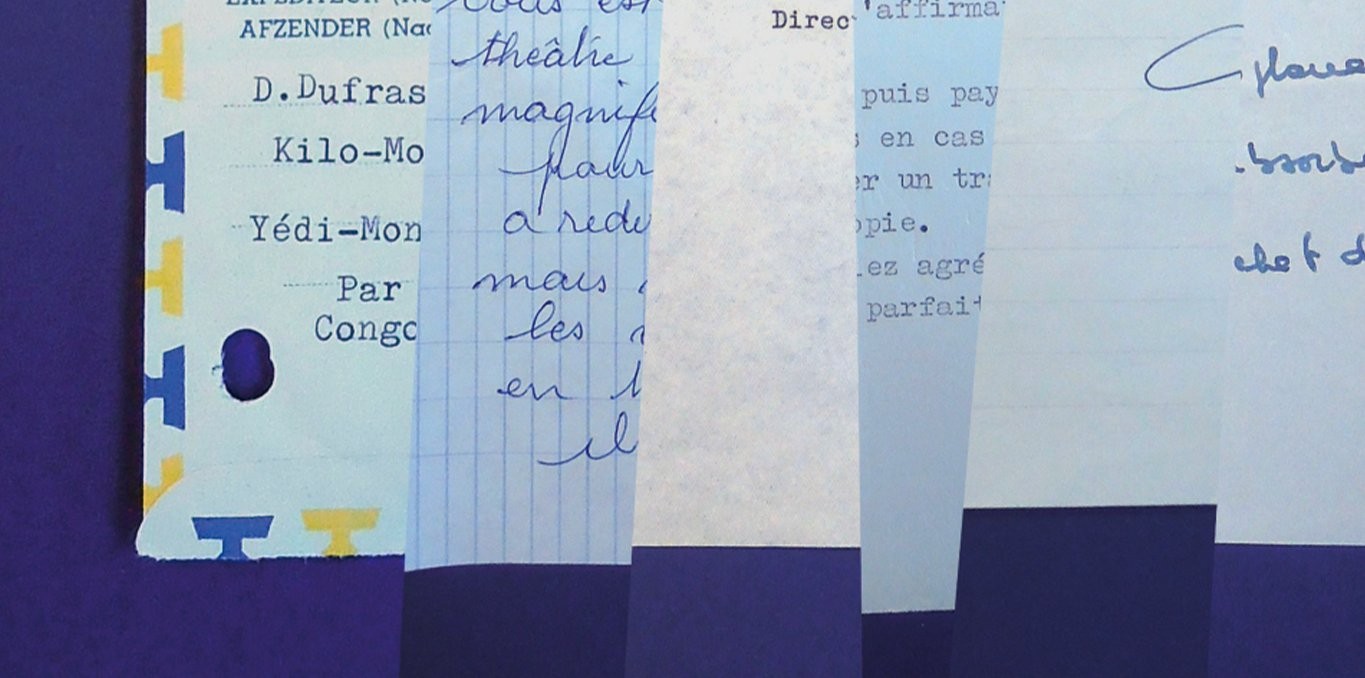
Monsieur le Directeur
Duration: 56 minutes
Subscription access
“Mr. Director...” This is how letters addressed to the Director of Belgian public radio between 1958 and 1968 began. Any excuse was good enough to put pen to paper: a listener complained about the broadcast of a song with lyrics deemed too risqué, a young girl wondered how to become an announcer, factory workers wanted to hear more operettas during their lunch break, and so on. During this deca...
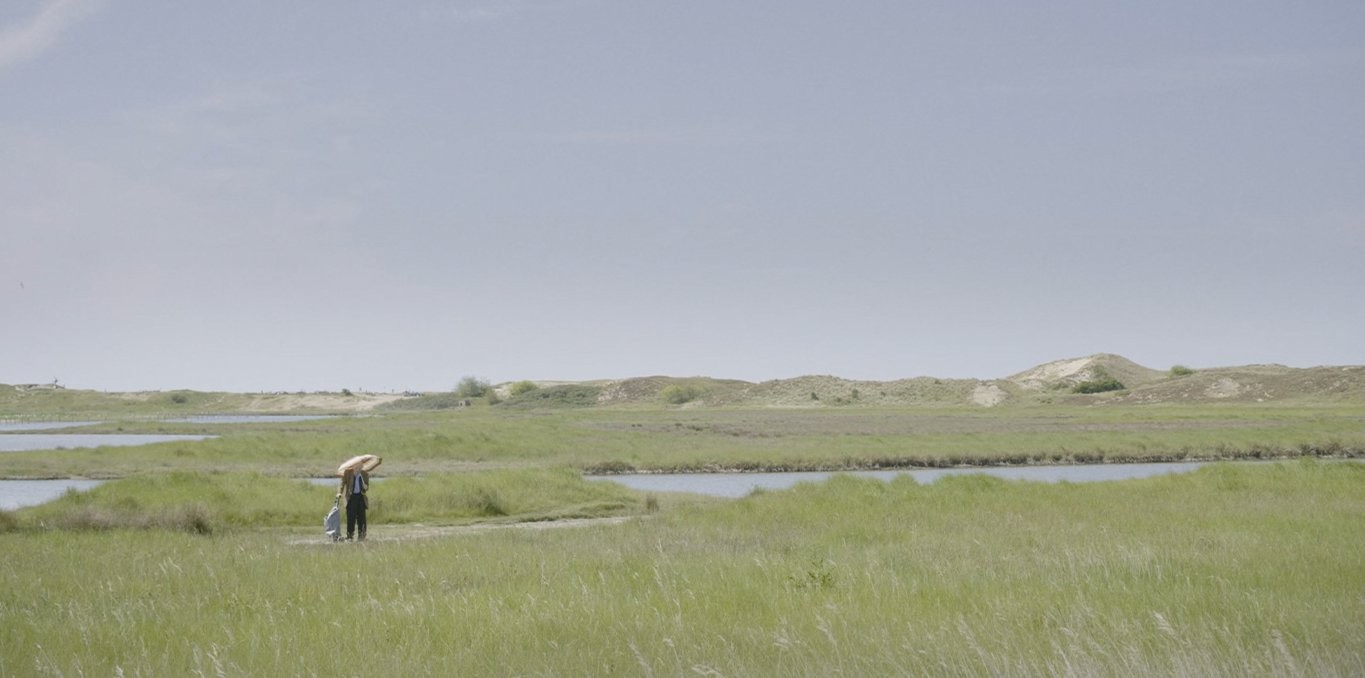
Stand Out of my Sunlight
Duration: 1h38
Subscription access
Joseph is an elderly man living with Diogenes syndrome, a compulsive hoarding disorder that has left his apartment overflowing. For Messaline, who comes to help him clean, it becomes an opportunity to discover him in two ways: through their conversations, and through the objects he has accumulated—layered memories of a life lived in that apartment. This film, about memory, identity, and social ...
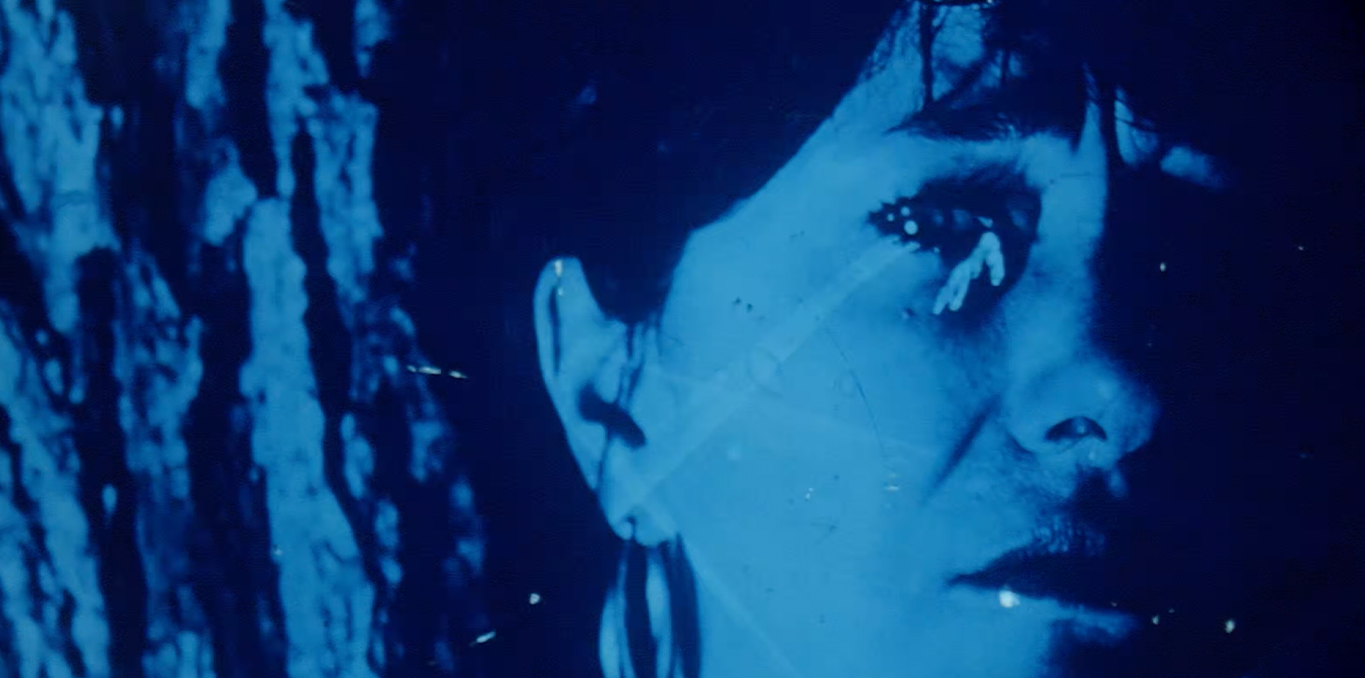
Auto Portrait / Self Portrait Post Partum
Auto Portrait / Self Portrait Post Partum
Duration: 13 minutesSubscription access
_Auto Portrait / Self Portrait Post Partum_ is a first person autobiographical experimental film exploring the ramifications of the devastating breakup of a romantic relationship. A triptych of self-portraits — entire camera rolls, each subjected to different methods of intervention with the celluloid itself — are intercut with short excerpts of altered footage from a B movie trailer and punctu...
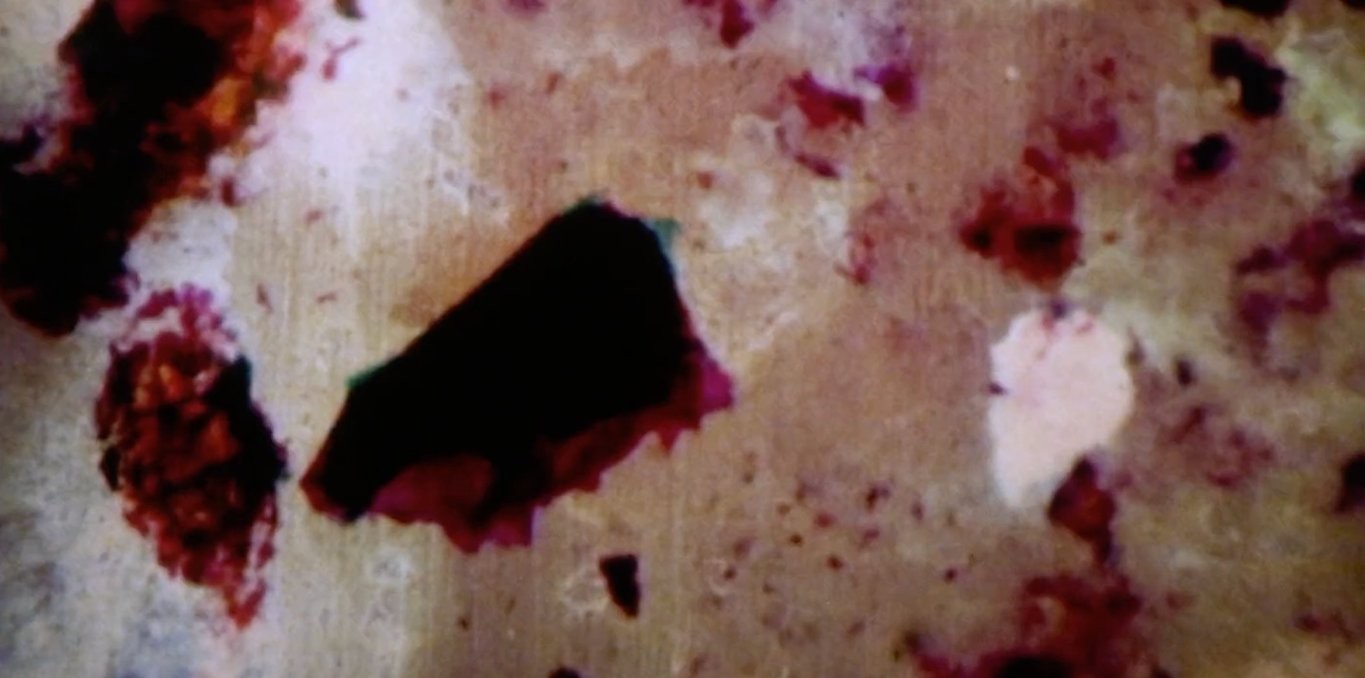
L'éclat du mal / The Bleeding Heart of It
L'éclat du mal / The Bleeding Heart of It
Duration: 8 minutesSubscription access
The house that bursts; the scene of the crime; the nucleus. A universe collapses on itself: all hell breaks loose.

Still Recording
Subscription access
For five years, at the heart of the Syrian civil war, a group of aspiring filmmakers documented the fighting and the daily life of the people in the city of Douma, in Eastern Ghouta, a besieged suburb of Damascus.
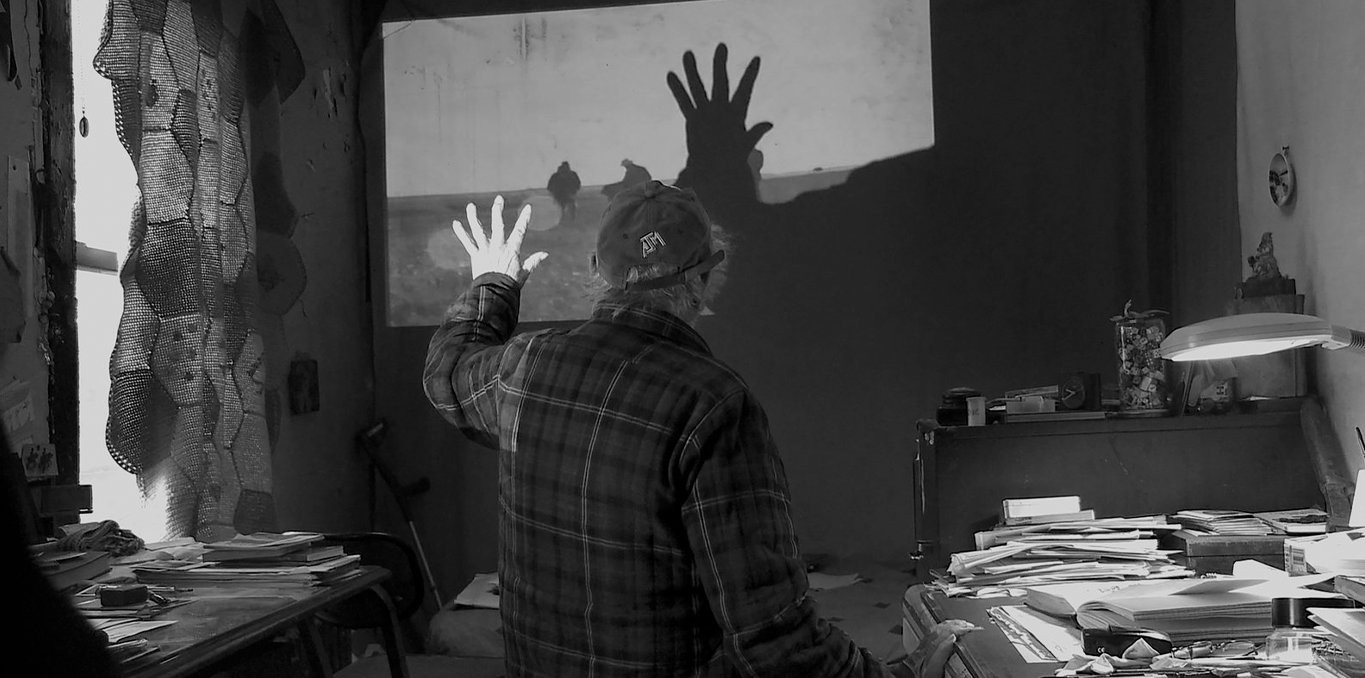
Don't Blink - Robert Frank
Subscription access
Robert Frank revolutionised photography and independent film. He documented the Beats, Welsh coal miners, Peruvian Indians, The Stones, London bankers, and the Americans. This is the bumpy ride, revealed with unblinking honesty by the reclusive artist himself.
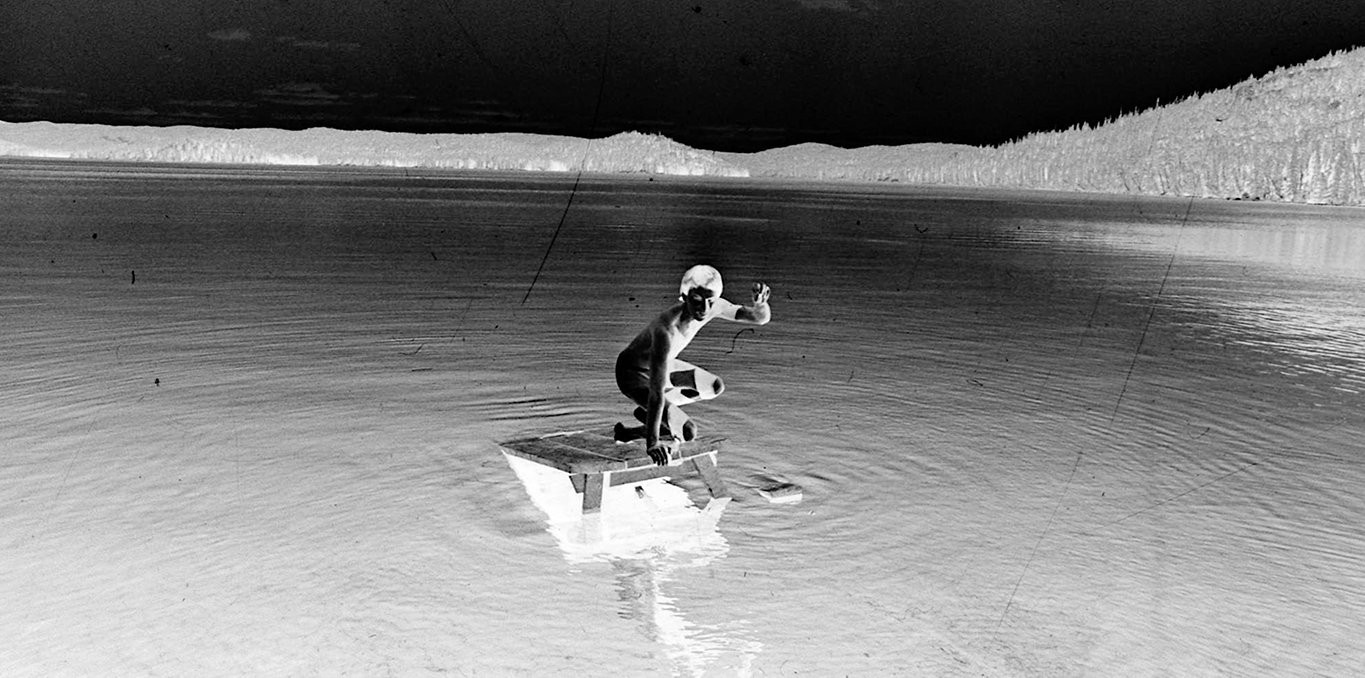
Before the Deluge
Subscription access
Within the ancient Precambrian rock of Northern Canada sits one of the largest reserves of uranium on the planet. A power that has yielded the largest destructive energy known to man, also manifest in the region's harsh natural glory. A gothic travelogue that summons dialogue with ghosts of the region; abandoned mining towns swallowed within the pandemonium of extraction commerce and neglect, w...
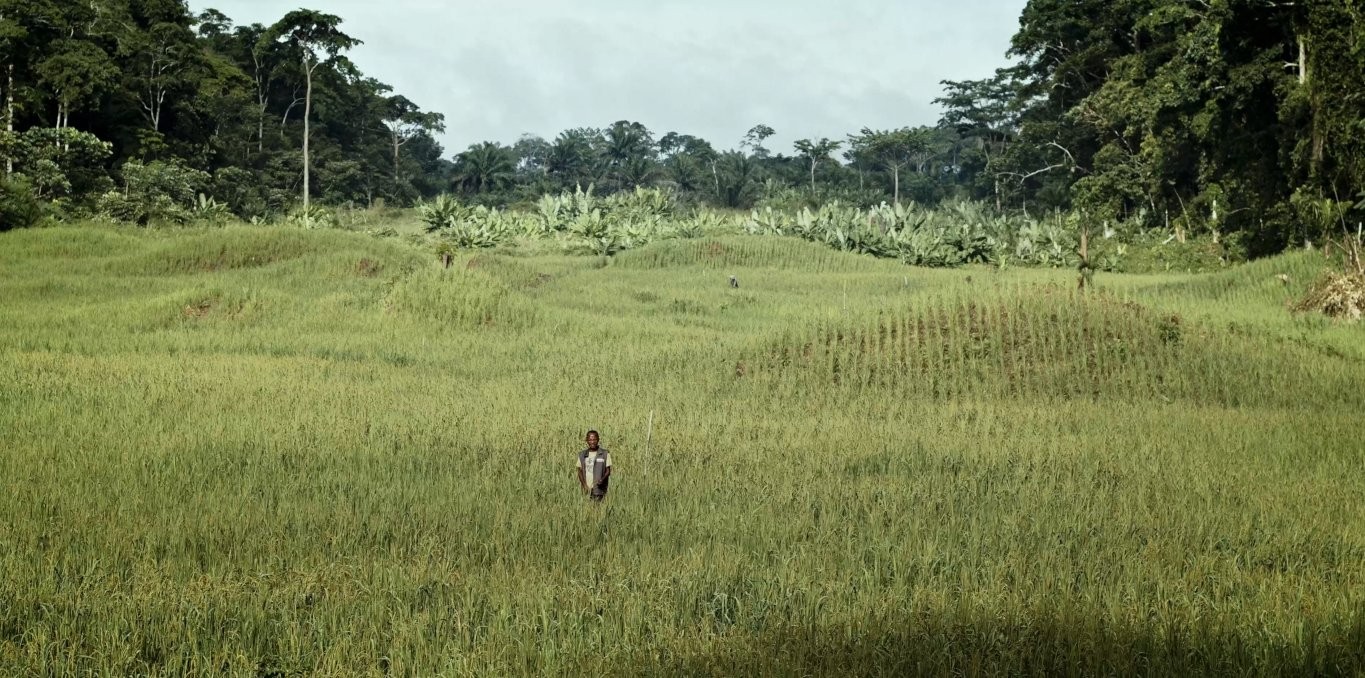
The Tree of Authenticity
Subscription access
In the heart of a Congolese equatorial forest, the remnants of a research center dedicated to tropical agriculture reveal the weight of the colonial past and its inextricable ties to climate change. This three-part essay offers a powerful analysis of Belgium’s colonial history and its enduring consequences today.
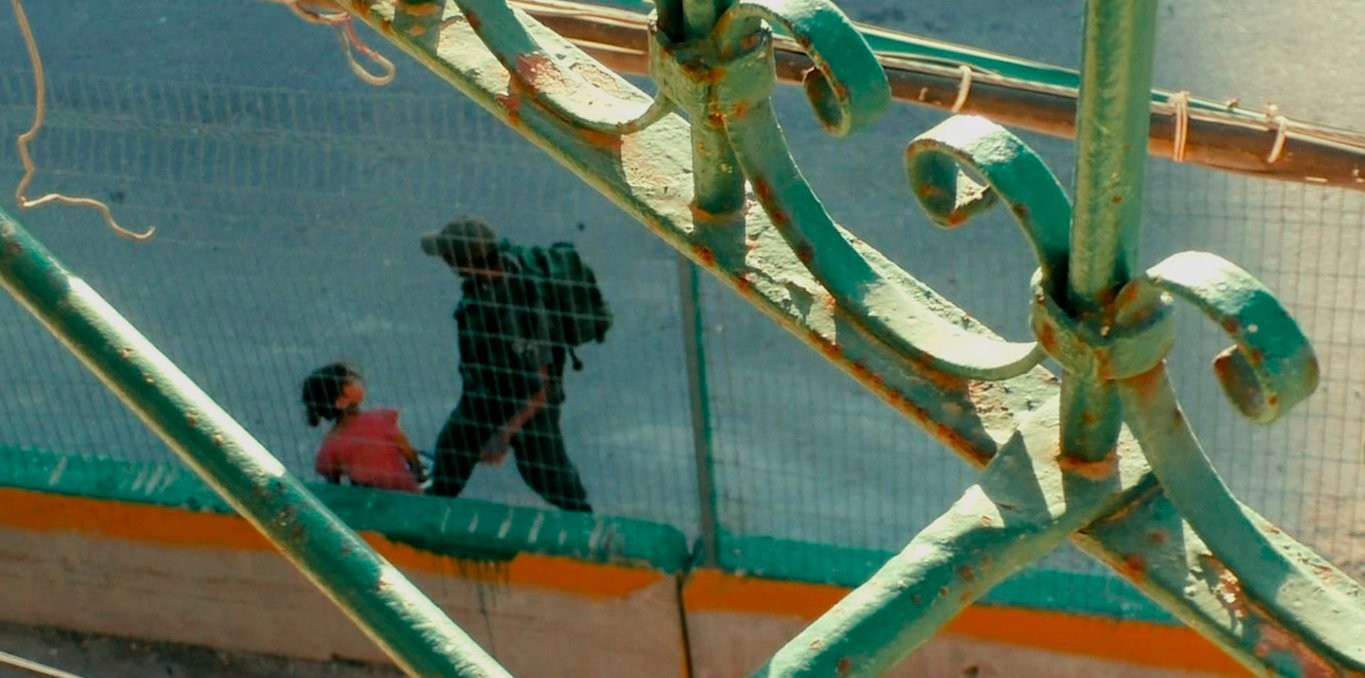
Of Land and Bread
Subscription access
In 2007, the human rights organization B'Tselem launched a project to provide video cameras and train Palestinian volunteers in the West Bank to document their life under Israeli occupation. Composed of numerous short films, _Of Land and Bread_ is a film of painful eloquence.
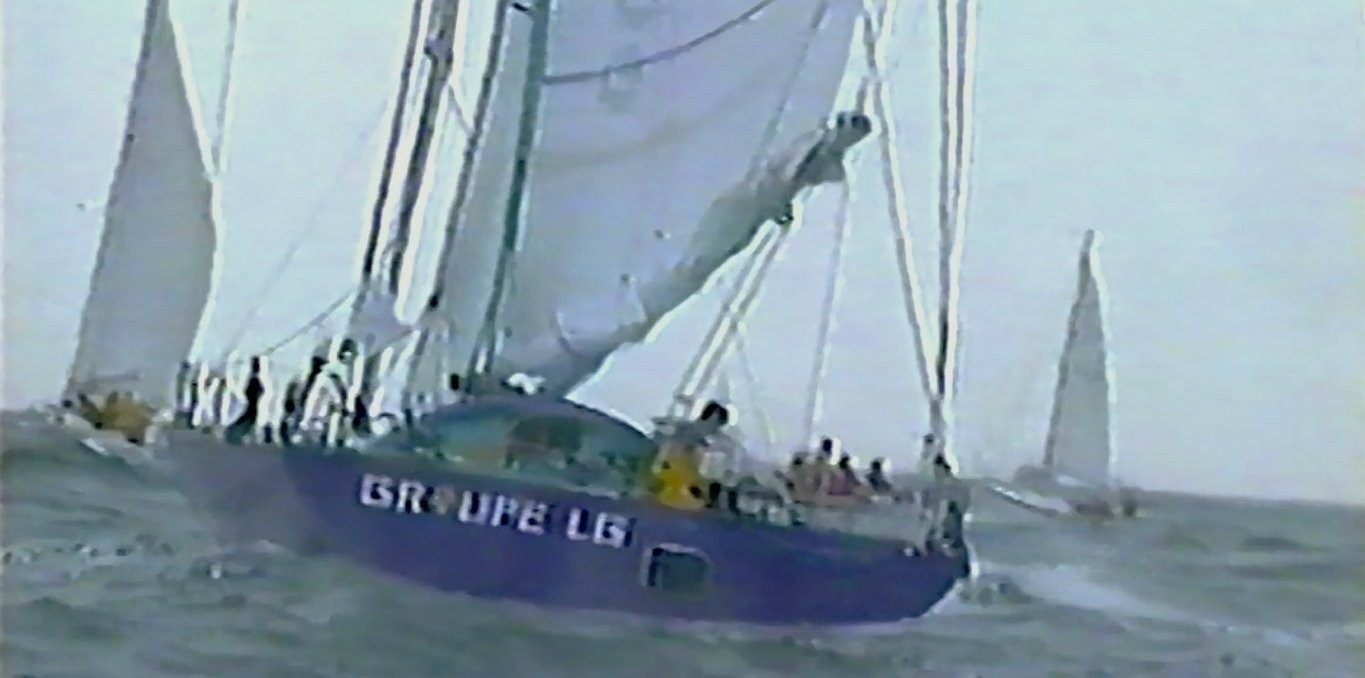
Atalaya
Subscription access
_Atalaya_ means "watchtower" in Spanish. It’s also the name of the Chilean islands where, in 1998, debris was found from the boat belonging to the filmmaker’s seafaring father, Gerry Roufs, lost at sea. It’s also a key word of the book _Une Atalaya pour Gerry Roufs_ written by her mother, Michèle Cartier, which recounts the search she undertook to find him in 1997-1998. _Atalaya_ is the filmmak...
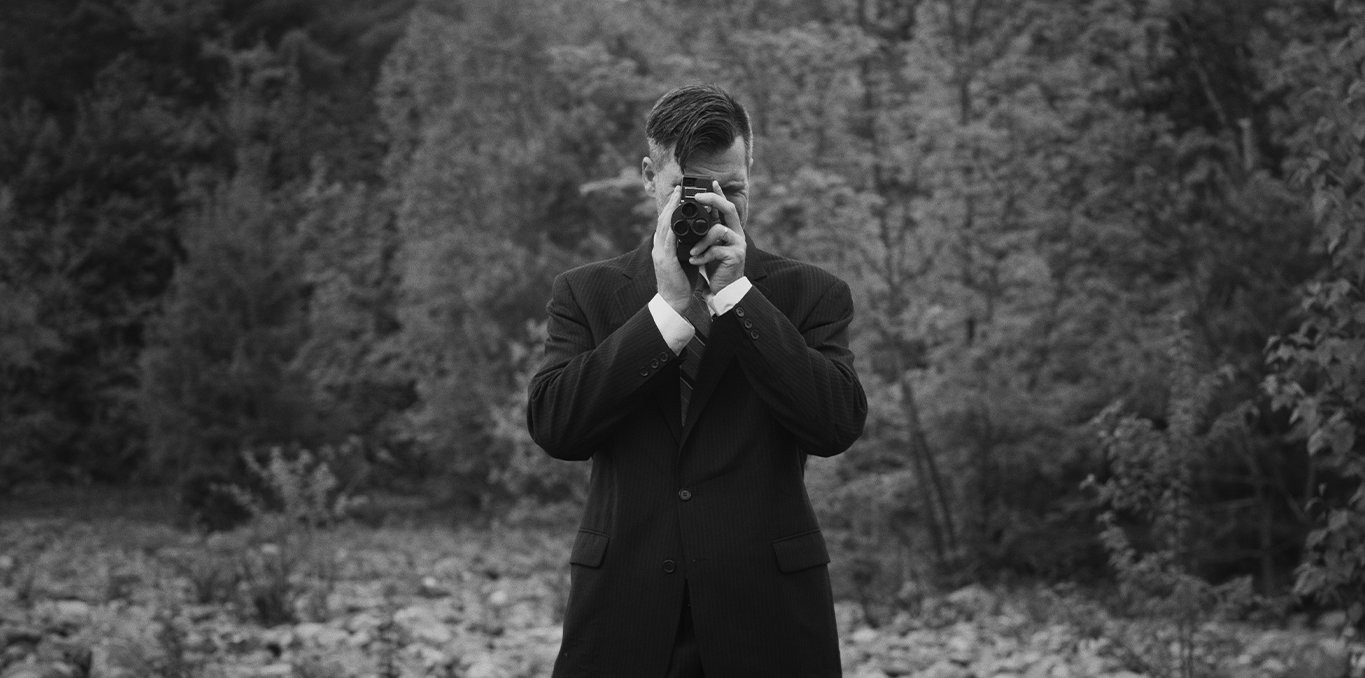
Diary of a Father
Subscription access
To make up for the absence of his six-year-old daughter who lives in Berlin, a Montreal filmmaker keeps a film diary that conjures up his relationship with his adoptive father and his biological father, whom he never knew. His film diary also becomes a reflection on filmmaking by revisiting the work of directors who have influenced him, such as Ingmar Bergman and Wim Wenders. _Diary of a Father...
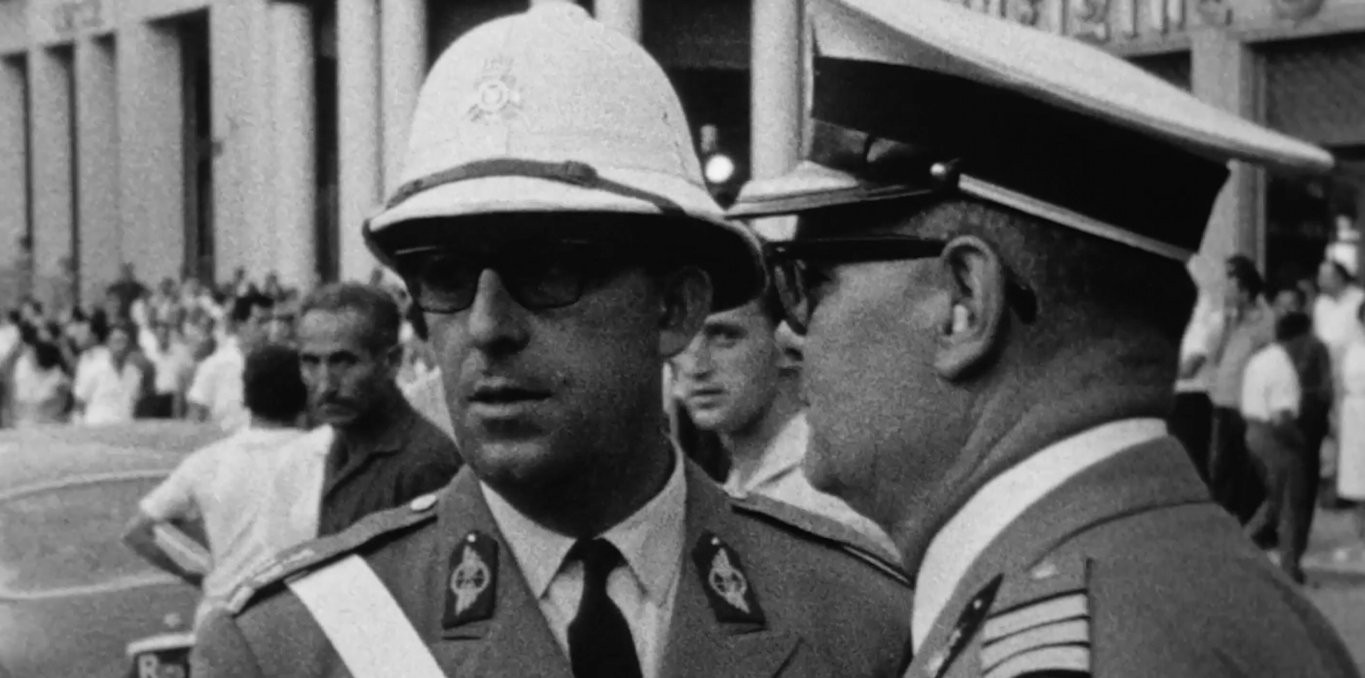
From Greece
Subscription access
Greece, filmed at a pivotal moment in its history, just before the 1967 military coup — a country where tensions between fascism and anti-fascism persisted after the war and erupted in a confused search for a truly free future. Nestler films the Greek people with respect and sensitivity, creating one of his masterpieces, built on a rigorous interplay between candid footage, commentary, and docu...
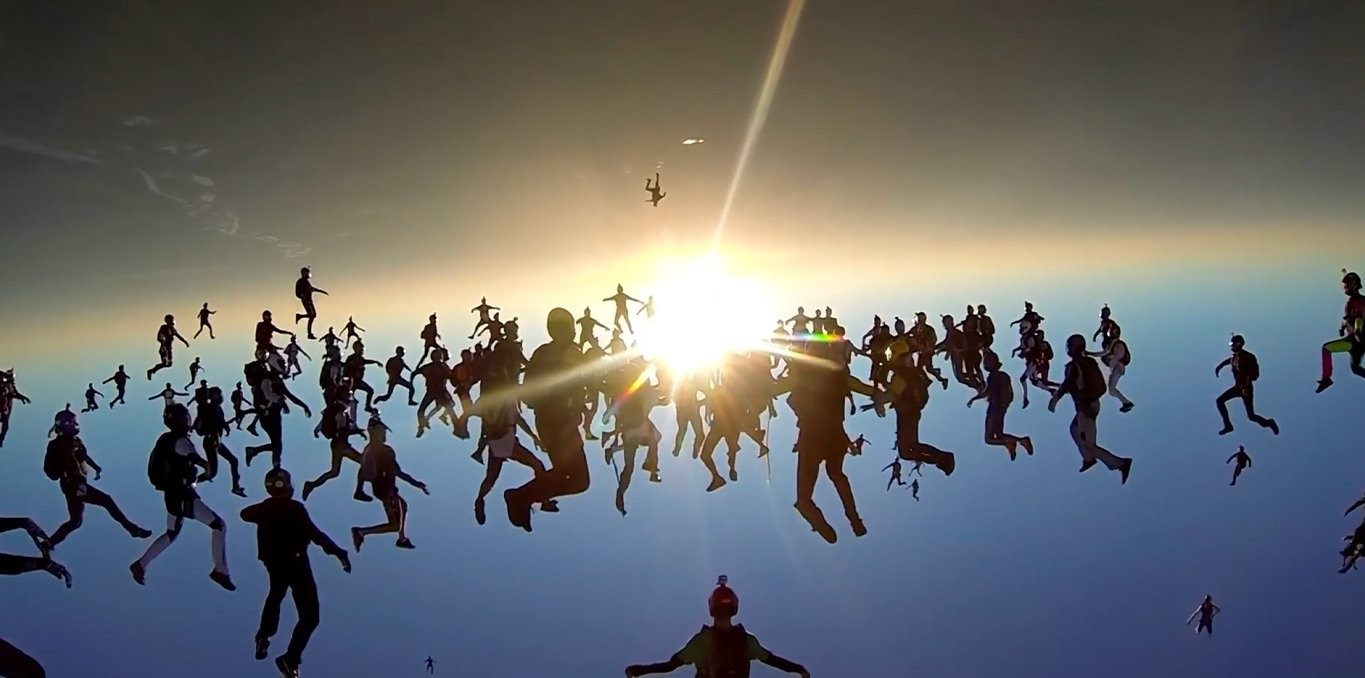
Space Down
Subscription access
A team of astronauts is launched into space during the pandemic. As the planet takes a pause, its inhabitants share their experiences of COVID-19 and the consequences it might have on their mental health.
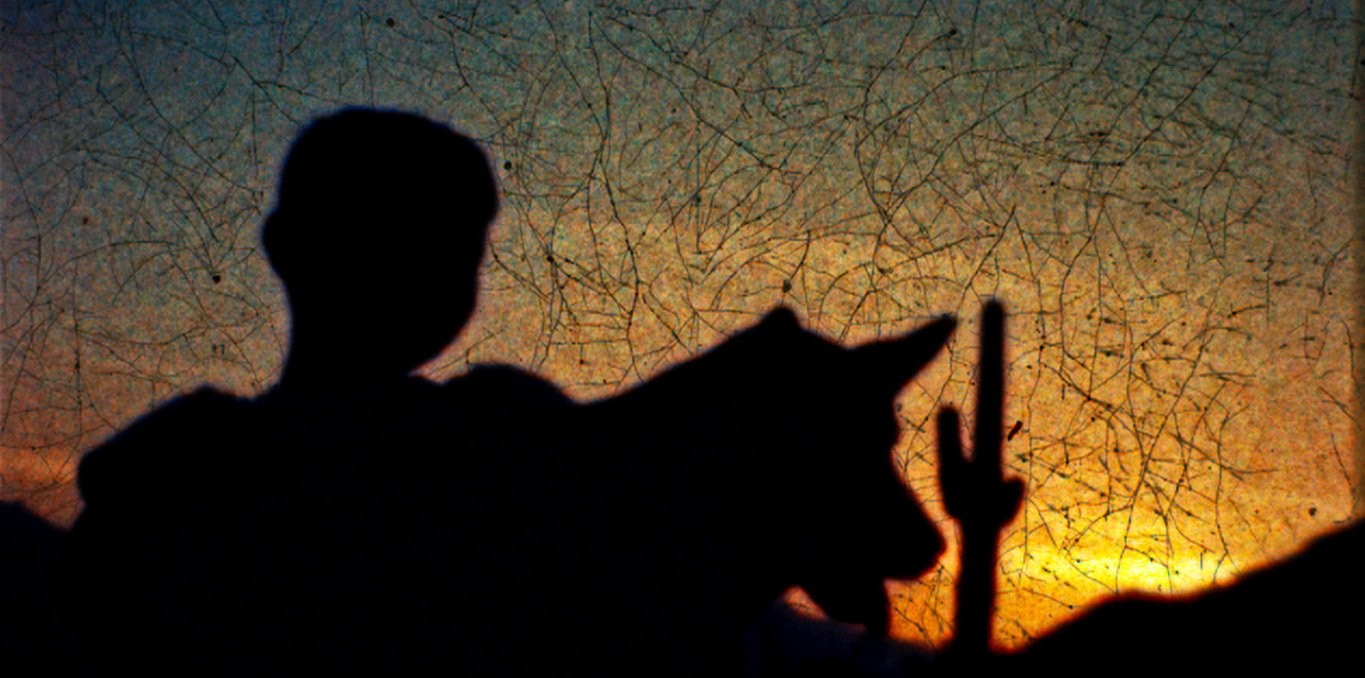
American Journal
Subscription access
Remember America. Remember the cities, the houses, all the people, the arrivals, the departures, the children coming, the children leaving, death, life, movement, speech. Remember the deep inner sigh of everything that lives in America. Bend down. Pick up what others have lost from life. And do something with it...
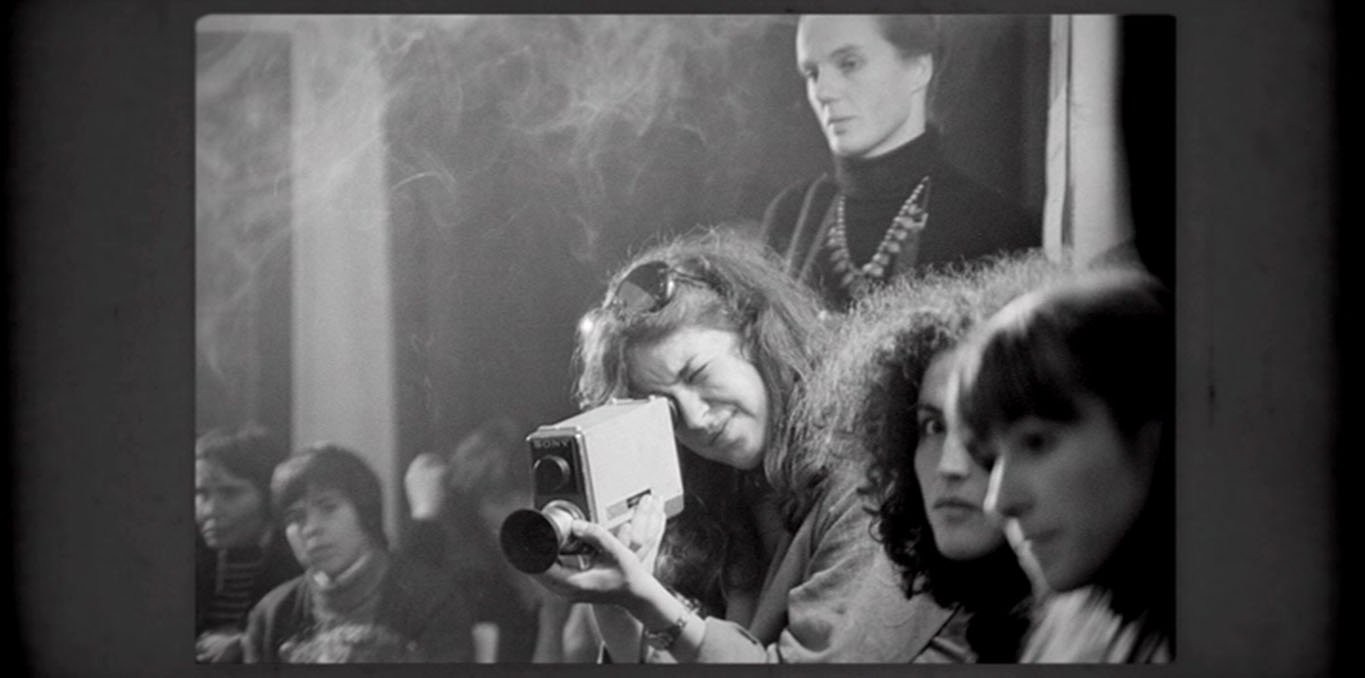
Carole Roussopoulos, A Woman With Her Camera
Carole Roussopoulos, A Woman With Her Camera
Subscription accessLe parcours de vie de Carole de Kalbermatten, Valaisanne de bonne famille qui, à 21 ans, gagne Paris, où elle rencontre Paul Roussopoulos. Le film a pour centre son travail de pionnière de la vidéo et pour périphérie son couple, l'amour comme source d'énergie permanente, une incessante complicité créatrice, la politique, la découverte des premiers outils de la vidéo, Jean Genet, la Palestine...
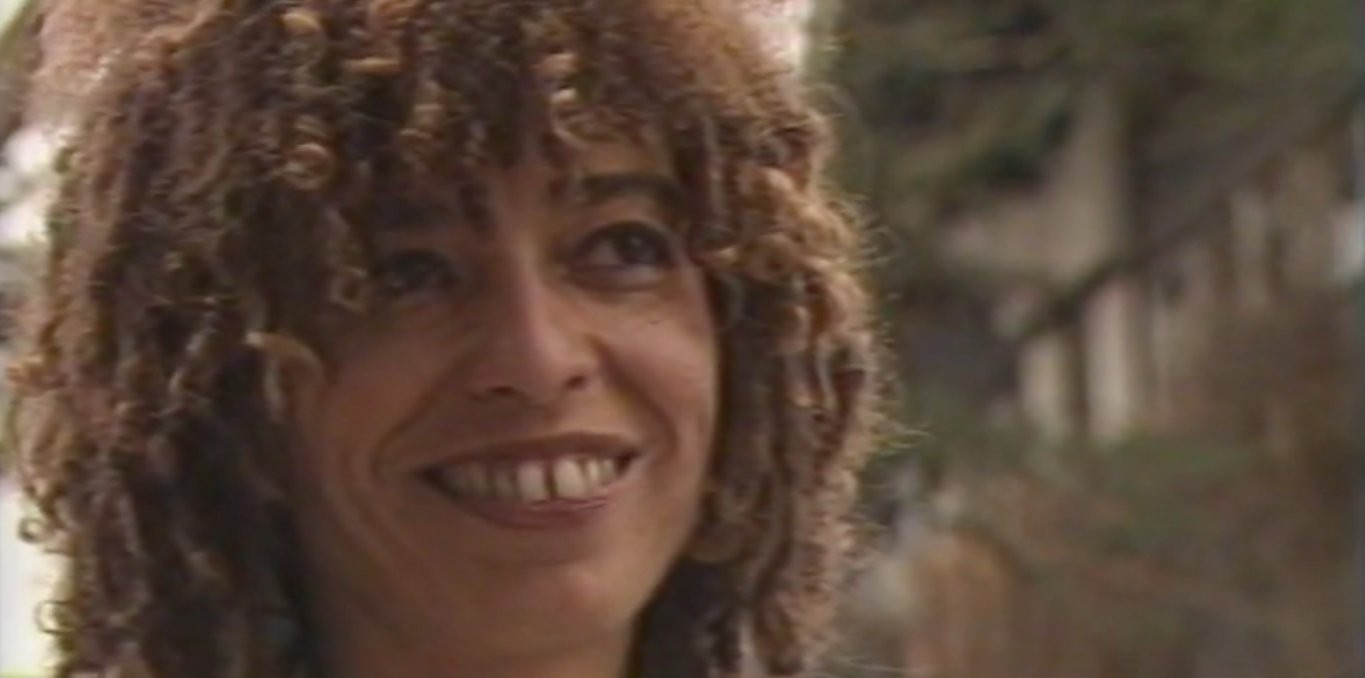
La Conférence des Femmes. Nairobi 85
La Conférence des Femmes. Nairobi 85
Subscription accessAfter Mexico City 1975 and Copenhagen 1980, the United Nations chose Kenya for the 3rd World Conference on Women. Parallel to the official Conference of States is held in July 1985 the Forum of Non-Governmental Organizations (NGO), in which 12,000 women participate. For ten days, on the University campus, they meet to discuss general and feminist political issues: peace, development, apartheid,...

Claude Gauvreau- Poète
Duration: 57 minutes
Subscription access
The poet Claude Gauvreau, a towering figure of the spoken word, appears here in full command of his lyrical expression. During the Night of Poetry on March 27, 1970, he recites several of his poems, followed by excerpts from his famous work _La charge de l'orignal épormyable_, and finally takes part in a series of interviews. Released a few years after the poet’s tragic death, this moving portr...

Monsieur le Directeur
Duration: 56 minutes
Subscription access
“Mr. Director...” This is how letters addressed to the Director of Belgian public radio between 1958 and 1968 began. Any excuse was good enough to put pen to paper: a listener complained about the broadcast of a song with lyrics deemed too risqué, a young girl wondered how to become an announcer, factory workers wanted to hear more operettas during their lunch break, and so on. During this deca...

Stand Out of my Sunlight
Duration: 1h38
Subscription access
Joseph is an elderly man living with Diogenes syndrome, a compulsive hoarding disorder that has left his apartment overflowing. For Messaline, who comes to help him clean, it becomes an opportunity to discover him in two ways: through their conversations, and through the objects he has accumulated—layered memories of a life lived in that apartment. This film, about memory, identity, and social ...

Auto Portrait / Self Portrait Post Partum
Auto Portrait / Self Portrait Post Partum
Duration: 13 minutesSubscription access
_Auto Portrait / Self Portrait Post Partum_ is a first person autobiographical experimental film exploring the ramifications of the devastating breakup of a romantic relationship. A triptych of self-portraits — entire camera rolls, each subjected to different methods of intervention with the celluloid itself — are intercut with short excerpts of altered footage from a B movie trailer and punctu...

L'éclat du mal / The Bleeding Heart of It
L'éclat du mal / The Bleeding Heart of It
Duration: 8 minutesSubscription access
The house that bursts; the scene of the crime; the nucleus. A universe collapses on itself: all hell breaks loose.

Still Recording
Subscription access
For five years, at the heart of the Syrian civil war, a group of aspiring filmmakers documented the fighting and the daily life of the people in the city of Douma, in Eastern Ghouta, a besieged suburb of Damascus.

Don't Blink - Robert Frank
Subscription access
Robert Frank revolutionised photography and independent film. He documented the Beats, Welsh coal miners, Peruvian Indians, The Stones, London bankers, and the Americans. This is the bumpy ride, revealed with unblinking honesty by the reclusive artist himself.

Before the Deluge
Subscription access
Within the ancient Precambrian rock of Northern Canada sits one of the largest reserves of uranium on the planet. A power that has yielded the largest destructive energy known to man, also manifest in the region's harsh natural glory. A gothic travelogue that summons dialogue with ghosts of the region; abandoned mining towns swallowed within the pandemonium of extraction commerce and neglect, w...

The Tree of Authenticity
Subscription access
In the heart of a Congolese equatorial forest, the remnants of a research center dedicated to tropical agriculture reveal the weight of the colonial past and its inextricable ties to climate change. This three-part essay offers a powerful analysis of Belgium’s colonial history and its enduring consequences today.

Of Land and Bread
Subscription access
In 2007, the human rights organization B'Tselem launched a project to provide video cameras and train Palestinian volunteers in the West Bank to document their life under Israeli occupation. Composed of numerous short films, _Of Land and Bread_ is a film of painful eloquence.

Atalaya
Subscription access
_Atalaya_ means "watchtower" in Spanish. It’s also the name of the Chilean islands where, in 1998, debris was found from the boat belonging to the filmmaker’s seafaring father, Gerry Roufs, lost at sea. It’s also a key word of the book _Une Atalaya pour Gerry Roufs_ written by her mother, Michèle Cartier, which recounts the search she undertook to find him in 1997-1998. _Atalaya_ is the filmmak...

Diary of a Father
Subscription access
To make up for the absence of his six-year-old daughter who lives in Berlin, a Montreal filmmaker keeps a film diary that conjures up his relationship with his adoptive father and his biological father, whom he never knew. His film diary also becomes a reflection on filmmaking by revisiting the work of directors who have influenced him, such as Ingmar Bergman and Wim Wenders. _Diary of a Father...

From Greece
Subscription access
Greece, filmed at a pivotal moment in its history, just before the 1967 military coup — a country where tensions between fascism and anti-fascism persisted after the war and erupted in a confused search for a truly free future. Nestler films the Greek people with respect and sensitivity, creating one of his masterpieces, built on a rigorous interplay between candid footage, commentary, and docu...

Space Down
Subscription access
A team of astronauts is launched into space during the pandemic. As the planet takes a pause, its inhabitants share their experiences of COVID-19 and the consequences it might have on their mental health.

American Journal
Subscription access
Remember America. Remember the cities, the houses, all the people, the arrivals, the departures, the children coming, the children leaving, death, life, movement, speech. Remember the deep inner sigh of everything that lives in America. Bend down. Pick up what others have lost from life. And do something with it...

Carole Roussopoulos, A Woman With Her Camera
Carole Roussopoulos, A Woman With Her Camera
Subscription accessLe parcours de vie de Carole de Kalbermatten, Valaisanne de bonne famille qui, à 21 ans, gagne Paris, où elle rencontre Paul Roussopoulos. Le film a pour centre son travail de pionnière de la vidéo et pour périphérie son couple, l'amour comme source d'énergie permanente, une incessante complicité créatrice, la politique, la découverte des premiers outils de la vidéo, Jean Genet, la Palestine...

La Conférence des Femmes. Nairobi 85
La Conférence des Femmes. Nairobi 85
Subscription accessAfter Mexico City 1975 and Copenhagen 1980, the United Nations chose Kenya for the 3rd World Conference on Women. Parallel to the official Conference of States is held in July 1985 the Forum of Non-Governmental Organizations (NGO), in which 12,000 women participate. For ten days, on the University campus, they meet to discuss general and feminist political issues: peace, development, apartheid,...
